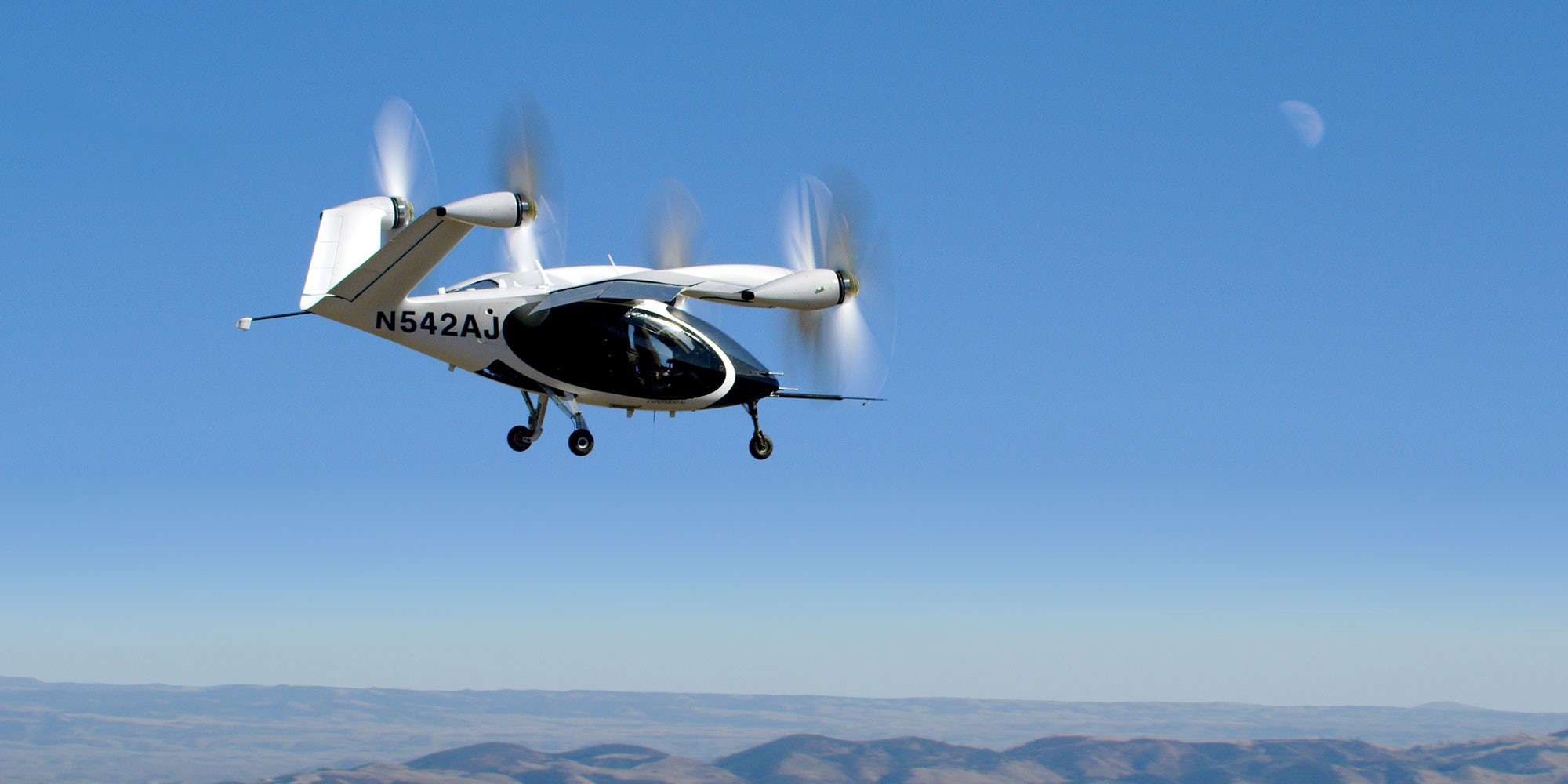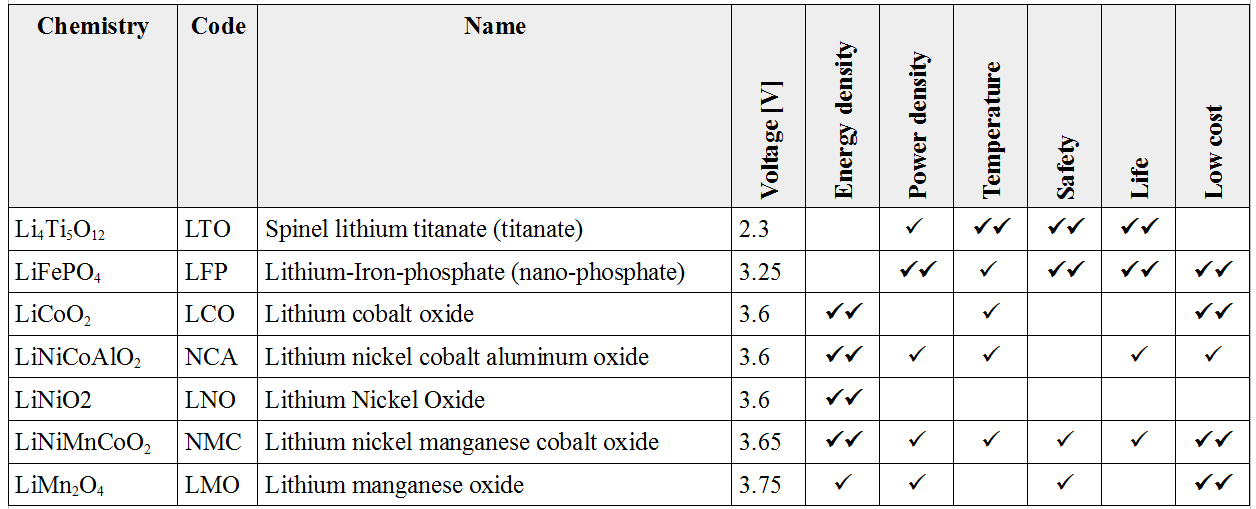Leeham News and Analysis
There's more to real news than a news release.
Bjorn’s Corner: Sustainable Air Transport. Part 34. eVTOL battery cells
August 26, 2022, ©. Leeham News: This is a summary of the article Part 34P, eVTOL battery cells. It discusses the main component of the battery system, the battery cell.
The Lithium-Ion cells in an eVTOL battery system are the key components of the energy supply system. The cells are of a high power and energy type and must be used and managed correctly to last long and be safe.
The eVTOL battery cell
The battery cells used in eVTOL projects are Lithium cells of the NMC type, Figure 1, as these combine high power capability with high energy capacity.
There’s a lot of discussion about different new and ground-breaking cell chemistries. In reality, I know of no eVTOL project batteries that do not use NMC cells.
There are variations within the NMC types, with recent developments focused on silicon-based anodes for higher power with retained energy capacity. We will look at such a cell type in the next Corner when we discuss how Lilium solved its power demand problem.
Here we look at a state-of-the-art NMC cell, the Molicel INR-21700-P45B, chosen for the Vertical VX4 VTOL.
The INR-21700-P45B is a cylindrical cell of 21mm diameter and 70mm length (therefore 21700 in the name), Figure 2. The 21700 dimension is a later, larger variation of the 18650 cell form factor used in many electric aircraft/VTOL battery systems.
The cell has nominal data of 16.2Wh capacity, a 3.6V Voltage, 4.5Ah current capacity, and a maximum discharge current of 45A. With a 16.2 Wh nominal capacity, we need 9,260 cells to make an eVTOL battery of 150kWh.
The important the C-rate parameter
The charge and discharge characteristics of a cell depend on the power drawn from the cell. The remaining energy of a cell or battery is called its State of Charge, SOC, and is measured in percent of total capacity.
The amount of power and energy you can get from a cell depends on the discharge C-rate. C-rate is a normalized way to measure how fast we charge and discharge a cell or a battery system. C-rate 1 means a 16.2 Wh cell is charged to this capacity in one hour. If we charge with 2 C, it takes half an hour, and 3 C cuts it to 1/3 hour.
A discharge with 1 C empties the battery in one hour and 10 C in six minutes. So C-rate is the way to say how hard we charge or discharge a cell or a battery.
A cell for the automotive industry is optimized toward energy capacity and reacts badly to high C-rates, both for charging and discharging. Typical C-rates are below two for such cells, and the overnight charge is done at a very low C rate.
We need C-rates up to eight for VTOLs and up to four for electric aircraft. It’s the reason the aeronautical industry can’t use high-volume automotive cells. The demanding VTOL industry must use power-optimized cells made in small volumes.
VTOL power demand
The high power demand in the VTOL’s transition and hover means we can’t use all the energy in the cell. The power demand is no problem at the takeoff hover as then the cells are newly charged and operating at Voltages higher than their nominal Voltage. As power is Voltage times Current, the current draw is lower than for the landing hover.
As the cell Voltage drops with a lower SOC, the landing hover must be finished before the cell hits a power limit created by a low cell Voltage and the current limit of the cell. The current limit can be the maximum allowed current of 45A or a cell temperature limit, as cells heat up when charged or discharged.
Consequently, VTOLs can’t run their batteries to 0% SOC. Depending on the propulsion concept and its power demand at hover, a cutoff level of 10% to 20% is necessary.
Cell cycle life and the AND problem
NMC cells age with use cycles. They are sensitive to how fast they are charged, to what SOC, how fast they are discharged, and to what final SOC. The industry counts a VTOL cell as unfit for purpose when it will not reach 80% of new cell SOC when charged. Then the battery packs must be changed or refurbished with new cells.
If you want the cell to last long (over 1,000 flights), you shall charge it at a maximum 1 C to say 80% SOC, discharge it at high C rates only for short durations and leave as much SOC as possible in the cell at the end of the flight, preferably 30% to 40%.
The fact that you must obey these rules to get cells to last longer than the typical 800 to 1,000 flights conflicts with the operational range claimed in VTOL presentations. You can fly short-range and pay less for new batteries but not long-range and many cycles a day and expect your cells to last long. Fast charging at C rates higher than one is not compatible with long cell life.
The above is called the AND problem. The battery can deliver a high power, accept a fast charge, or last long. It can do all these things in isolation but not combined.
Conclusion
We can see that the battery and its cell are complicated, yet we have not discussed how these cells must be managed to achieve these performance values when combined in the thousands. It’s the job of the Battery Management System (BMS), and we will talk about the BMS in a future Corner.
Before discussing the BMS, we will look at how Lilium solves its battery performance problem using a cell with silicon anodes and a different reserve strategy.






Love this what is the cost and flying time
Hi Lindon,
we will come to this in the series, both performance/range and costs.
Battery cycle life is inversely proportional to depth of discharge (i.e. 1-SOC) so its a hyperbolic curve..
So assuming a Lithium Ion battery has a life of 600 cycles at manufacturers full rated discharge (in reality 80% depth of discharge will likely be defined as full rated capacity).
At 50% it will have 2X the life i.e. 1200 cycles.
At 20% it will have 5X the life i.e. 3000 cycles.
At 10% it will have 10X the life i.e. 6000 cycles.
(Above are quite realistic and conservative figures)
Obviously if I have an electric car with a range of 400km and I drive it only 40km/day the batteries could last 6000 cycles. (Say 16 years) before loosing capacity and even then the batteries won’t just stop working, It will start loosing range. It will be worth my while to gently recharge my batteries at work and at home.
-I would think that an eVTOL will seldom operate above 70% depth of discharge due to regulatory reserve requirements and for commercial purposes never more than 50%-70% of that. What this means is that if some one quotes a 160km operating range the realistic commercial range will likely be less than 80km-110km and this will offer maybe 1200-1800 flights (600-900 round trips)
-I think we can expect batteries to improve well beyond this but the first generation may be limited.
-There will be niche areas: transferring a patient between city hospitals, getting personnel into a mining camp that is 40km through mountain range and accessible only by river or a road closed in wet season or winter/summer. Emergency vehicles for small towns that may face bushfires but otherwise couldn’t afford a helicopter.
P45B has the best in class power density.
By the way, P45B is NCA, not NMC.